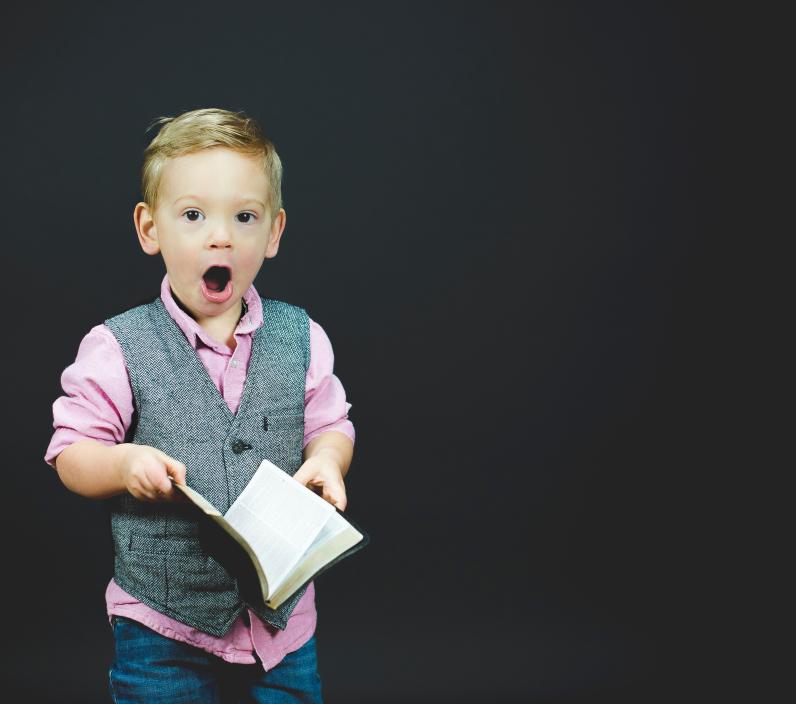

Teaching resources
How do you introduce opera in the classroom? And how can opera be a gateway to other subjects such as literature, theater, history, musical analysis or art and design? We have decided to take on this challenge by creating educational resources for primary and secondary teachers. Including an introduction, various individual or group activities, and audio-visual aids to guide students in their learning, these modules are available for free.
This second teaching pack on fairy tales dives deeper into their world, inspired by Gioachino Rossini's opera La Cenerentola from 1817. This creative arts resource for teachers of children aged 7-12 (primary age) explores fairy tale characters with the help of on drama, creative thinking and writing and literacy skills.
This is the first of a series of teaching packs around the notion of the fairy tale. Based on the Leoš Janáček’s opera The Cunning Little Vixen, this unit of four teacher led creative lessons present an array of creative activities in music, art, drama and creative writing for school children aged 7-11. Students will question how music tells a story and create soundscapes themselves. They can create their own characters and stage their own little drama.
This teaching resource is designed for use in Art & Design lessons with pupils aged 8-14. This unit of work looks at two scenes from Wolfgang Amadeus Mozart’s 1786 opera The Marriage of Figaro to examine how Art and Design in theatre are used for storytelling. The examples used show in particular the differences between upper- and lower-class lifestyles at the time that the opera is set. Student activities follow using skills in observations, drawing, designing, mathematics, descriptive words, creative problem-solving, public speaking and teamwork.
This teaching resource is designed for use in Music lessons with pupils aged 14-18. It compares and contrasts the instrumentation and orchestration techniques and traditions in five operas, namely Xerxes, The Marriage of Figaro, Manru, Autumn Sonata and La bohème. Each opera comes from a specific period in music, and illustrates the developing instrumentation and use of the opera orchestra. It concludes with a short test to assess learning, listening skills and analytical thinking.
This teaching resource is designed for use in English Literature, Music and History and Society lessons with pupils aged 14-18. This unit of work looks at three short scenes from the opera to stimulate discussion, analysis and further enquiry. The scenes in question are the death of Ophelia (Hamlet Act IV, scene vii), the grave digger’s scene (Hamlet Act V, scene i) and the return of Laertes and the death of Hamlet (Hamlet Act V, scene ii).
This resource for teachers has been produced by OperaVision with content provided by La Monnaie / De Munt. We hope that it will prove useful for English literature teachers around the world who want to use a contemporary opera adaptation of Mary Shelley’s novel to help their students to engage more with the text. The pack contains teaching ideas, a background to the novel and opera, an interview with baritone Scott Hendricks and excerpts from chapters 23 and 24. For pupils aged 12-16.
The music by Lange and text by Andersen provide an ideal opportunity for introducing pupils and youngsters to the world of opera. The composer's figurative musical language, his soundscapes, enthralling rhythms and incisive motifs, enable even very young pupils to grapple with contemporary music and opera. The individual exercises and activity suggestions refer to different age groups and target groups. The activities can be simplified or combined depending on the children’s skills, level of knowledge and interest.
